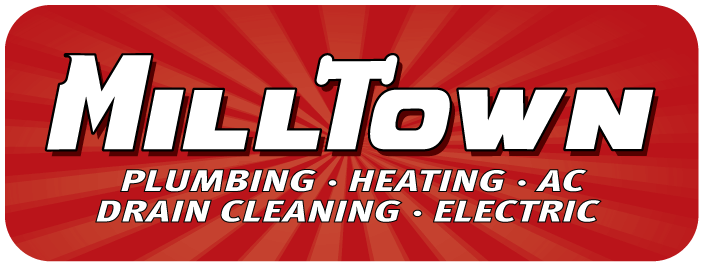The Plumbing Maintenance Checklist
- Plumbing

Conducting a routine plumbing maintenance check allows you to detect plumbing problems before they escalate into expensive repairs. The maintenance checklist provided below, if followed, will help you with the care and upkeep of your plumbing system:
- You need to keep your pipes from freezing by using the shut off valve. Forgetting to use this valve could result in non-stop water flow. You should also drain the outdoor spigots and water connections. Draining the water is essential for preventing standing water from freezing. Freezing pipes can cause the shut-off valve and the fixture to break.
- Your irrigation system needs to be turned off to protect your pipes. For best results, you should winterize this system before the weather starts to get cooler.
- Dry out your hoses and store them in a dry area to prevent them from being damaged. Do not store the hose if it is damaged. If your hose has a leak, then repair it or replace it before further damage occurs.
- Pipe insulation is essential to efficiency. It will save money on bills, decrease heat loss, and prevent your pipes from freezing. Different types of pipe insulation include foam insulation, elastomeric foam, fiberglass pipe covers, and spray for insulation.
- Blown-in insulation can be applied to floors, walls, and attics. This type of insulation is becoming a popular option because it improves performance and takes the least amount of time to settle.
- Exposed pipes are the most vulnerable to freezing. Plumbing pipes that lie in unheated areas, including garages and crawl spaces, are more susceptible to freezing and can cause other plumbing problems, including bursting pipes.
- Pipe bursts are a common problem during cold weather, especially when homeowners are on vacation. When you are traveling, your home’s water needs to be turned off completely. One faucet should be left to a slow drip to avoid busted pipes. The minimal difference in your water bill is certainly worth the avoided expense of repairs and replacement of water-damaged items.
- Plumbing repairs are time sensitive. Be sure to make the necessary repairs to your pipes as soon as possible. Pipes expand and contrast based on the temperature. A tiny leak can transform into a major problem in no time at all.
- If you are the owner of a sump pump, then the pit needs to be cleaned. If the pit is left unattended, it could freeze and be useless when you need it the most.
- Water heaters, especially old ones, need to be drained so that rust does not become an issue. This rust can contaminate your water for drinking, bathing, and cooking.
- Exterior cracks let air in the home and create a draft. Drafts can make your heating system work overtime to heat the entire home, putting a strain on the motor.
- The drainage areas around your home should not be clogged. Indications of clogged drains include bubbling sinks and issues with toilet flushing.
What Can Happen Without a Proper Checklist?
Without a proper plumbing maintenance checklist, you risk enduring a lot of household issues that can be simply avoided. Frequent drain clogs and lack of steady hot water are only a couple of inconveniences that will confront you. A lack of steady hot water can make bathing, cleaning, and cooking a hassle. Frequent drain clogs force you to take time away from your family and activities. Finances are a major part of this situation. Without a proper checklist to follow, you risk the chance of high utility bills and water damage. Consistent leaks cause your water bill to skyrocket. Leaking pipes can cause water damage throughout the home, making your home more difficult to sell or forcing you to sell at a lower proper value. Without routine maintenance, pipe leaks can go undetected, and your drinking water can be compromised.
The Benefits of Routine Plumbing Maintenance
Routine plumbing maintenance benefits a homeowner by improving fixture efficiency and providing a surplus of hot water that can be used for various purposes without interruption. Other benefits include a decrease in bill expenses and avoiding costly water damage restoration expenses. Your pipes and fixtures will be subject to less damage and have a longer lifespan.
You will not have to worry about the replacement of fixtures and pipes for years at a time. If you plan on selling your home, then you can sell at a higher value because the home is up to code with the plumbing, and the home is deemed safe. There is nothing better than having peace of mind; you can rest easy knowing that your home is safe and that your water is not contaminated.
Many homeowners believe that they can cut corners to save money, but they are only prolonging problems, which will cause them to spend more money in the long run. The best thing to do is to create a checklist and to set times to use it. It is in your best interest to conduct a plumbing maintenance check before spring and before winter to ensure peak pipe performance.
Call MillTown today and schedule your service checkup to see if you need electrical repair or replacement!
Read What Our Happy Customers Had To Say!













